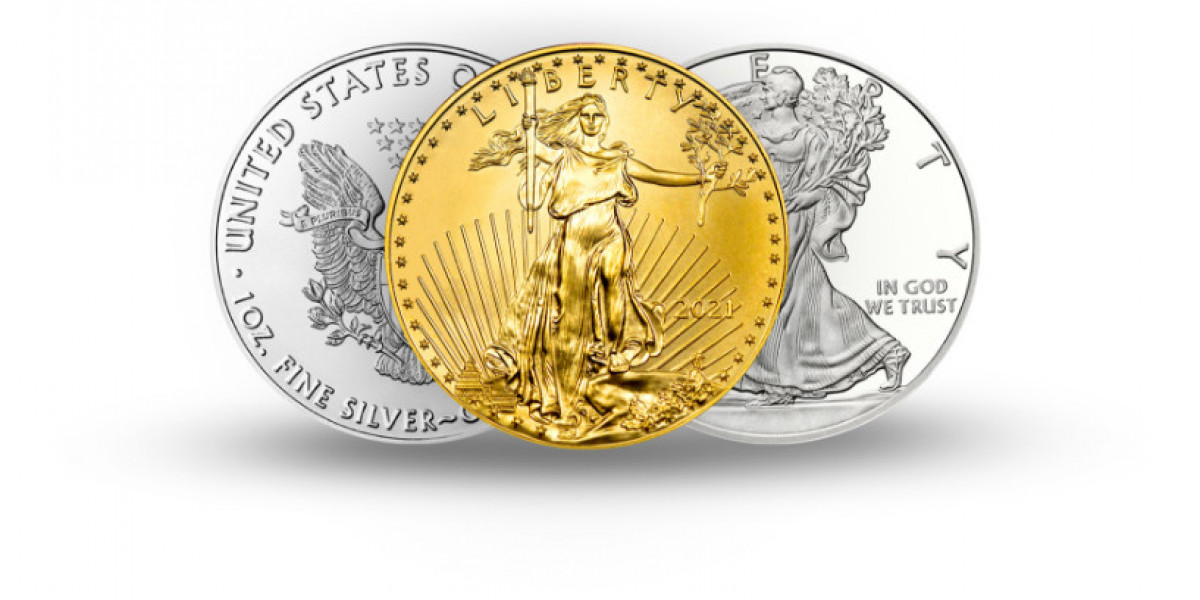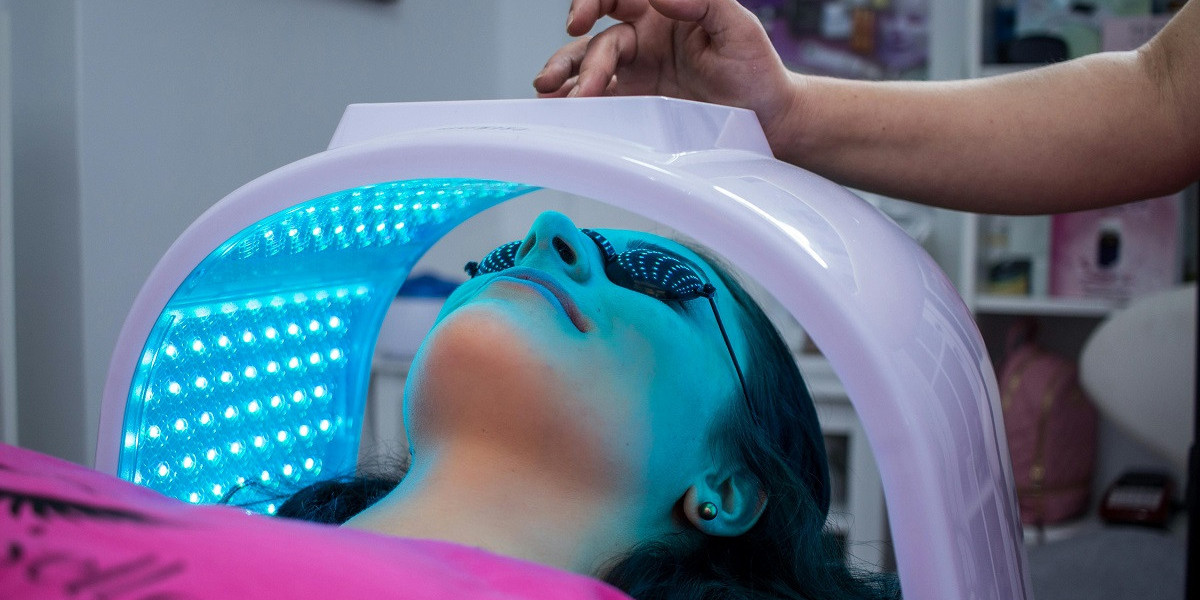Though some US coins are worth significantly more than their face value, many people view them as only a tool for daily expenses. Their higher worth results from several elements, including rarity, historical relevance, mistakes in minting, and metal content. Both collectors and speculators hunt for these coins, transforming an ordinary bit of money into a highly valuable treasure. Knowing why some US coins are worth more than their intended value will enable aficionados to identify hidden gems among their collection. For those looking to diversify their assets, it's also a great time to invest in precious metals, as these coins can serve as a valuable addition to an investment portfolio.
Limited Mintage and rarity
A coin's rarity is one of the main causes it gains value over its face value. Coins struck in small numbers or abandoned early often become precious with time. With just five known specimens, the 1913 Liberty Head nickel is among the rarest and most costly coins available. Supply is very limited, so collectors are ready to spend large amounts to get these rare coins.
Furthermore, coins with low mintage years often appreciate value as their scarcity grows. For example, collectors strongly sought the 1931-S Lincoln Cent since its production run was low. Coins lost or destroyed over time become less available, which increases worth even more.
Historical Valuation
The value of a coin can be much enhanced by its background. Coins honoring significant historical events or featuring notable personalities usually draw collectors who appreciate their historical link. For instance, the 1804 Draped Bust Silver Dollar is much sought after because of its rarity and connection to diplomatic presents presented by the US government.
Popular among collectors are coins connected to pivotal events in American history, such the 1909-S VDB Lincoln Cent, the first coin to honor President Abraham Lincoln. These coins are far more precious than their nominal worth since they are actual relics from history.
Minting mistakes and variations
Minting mistakes on coins sometimes make them valuable collectors' items. Mistakes in the minting process include errors including missing details, off-center strikes, or multiple dies. These errors make coins distinctive and so more desirable for collectors.
The 1955 Doubled Die Lincoln Cent is one well-known example; the writing and date clearly double. This coin is worth hundreds of dollars today because of its dramatic mistake and rather tiny amount in circulation. Likewise, another worthwhile error coin that collectors hunt is the 2004 Wisconsin Extra Leaf Quarter, which has an extra leaf on the corn motif.
Metal content and precious metals
A coin's value may also be more than its face value depending on its component materials. Older US coins made of gold and silver were valuable just from their metal composition. US dimes, quarters, and half dollars before 1965 had 90% silver. These coins have become worth significantly more than their original value as silver prices have climbed.
For example, a 1964 silver quarter with a 25-cent face value can be worth many dollars merely for its silver concentration. Pre-1933 US gold coins are similarly highly sought after for their gold composition, historical importance, and rarity.
Market trends and collector demand
Moreover affecting the value of coins are collector demand and market movements. Some coins become well-liked among collectors because of their historical significance, visual appeal, or investing value. Demand for a given coin increases its market price as well.
For instance, the 2009 Ultra High Relief Double Eagle Gold Coin was only available in small numbers and soon became collector favorite. Though modern, its design, restricted quantity, and gold content make it quite desirable.
Finally
For a number of reasons—including rarity, historical relevance, minting mistakes, metal composition, collector demand, and their status as safe haven assets—US coins can be worth far more than their face value. Whether acquired as an investment, inherited from family members, or found in circulation, precious coins can make an average pocket change discovery an interesting event. Knowing what distinguishes some coins will enable collectors and investors to appraise the hidden worth in their collections and guarantee wise purchase or selling choices.









